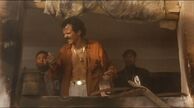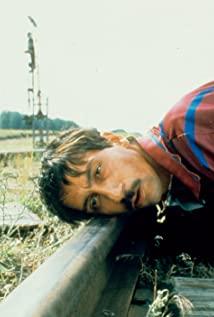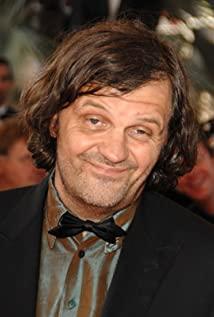The drama of this film is that the images make an absurd representation of the history of the Macedonian nation's soul. For example, two old men succumbed to death, died and resurrected; for example, a pig that gnawed a car appeared three times in the movie, and finally ate the car basically; for example, the tallest man fell in love with a dwarf woman, etc. . Sometimes, I don’t even know whether this is contemporary or medieval. However, hiding under this absurdity is indeed a melancholy optimism. The melancholy is because the three generations in the film-the old, the middle-aged and the children-seem to metaphor the nation's identification of its own identity: the vicissitudes of life, mythical, and loving old people are the old Macedonian traditions. Liars, robbers, cowards, and hapless middle-aged people are the generation that lived under the rule of xxx; and melancholy, kind, just, and young people who dare to go to sea are the hope of this nation. Because Macedonia has experienced so much suffering, the absurd background is melancholy; however, everything will change for the better, and young people will sail with the wealth bestowed by the elderly.
The end of the movie is often talked about, instead of the common "the end", "the happy end" appears, which is an old trick of Kostunica.
View more about Black Cat, White Cat reviews











